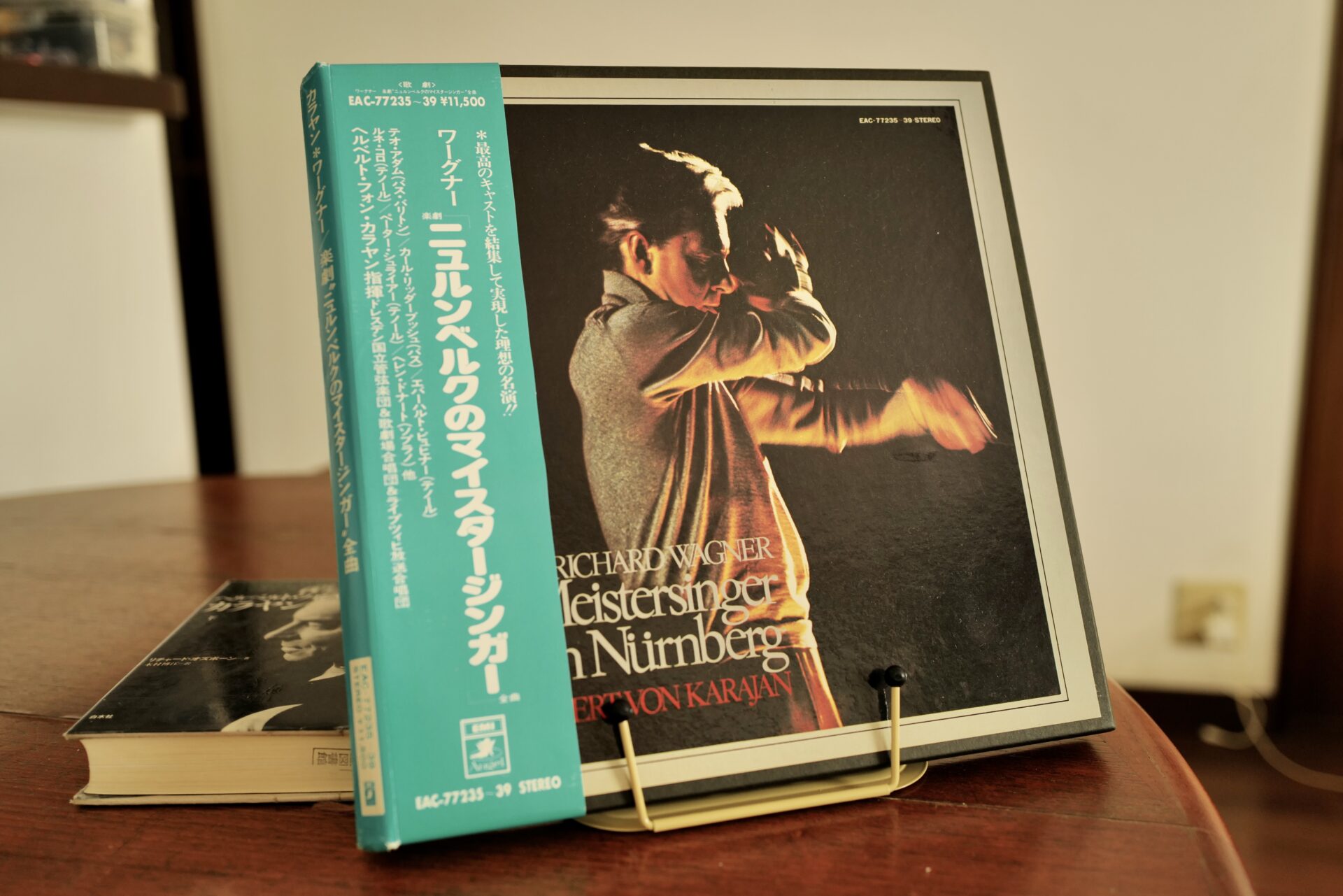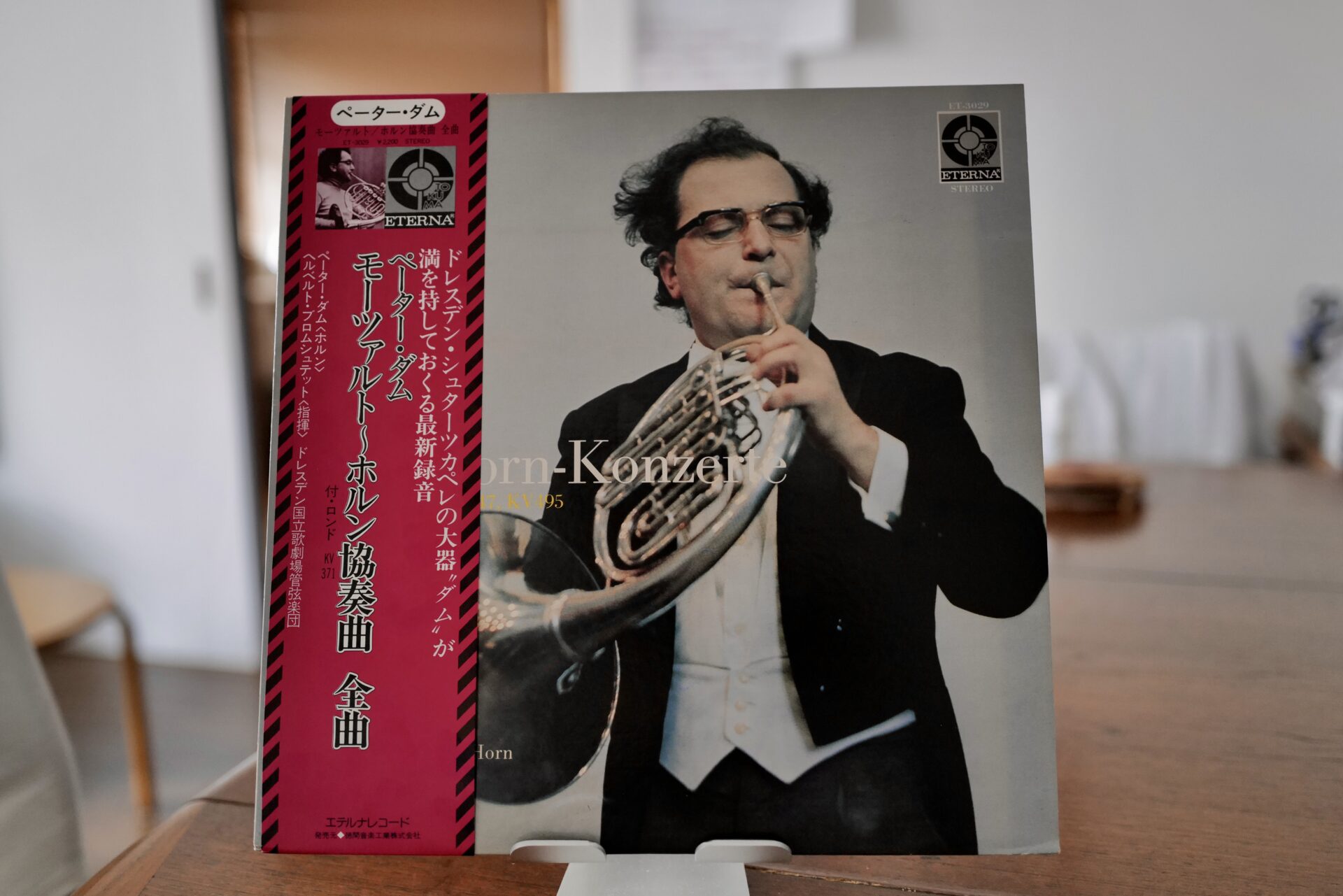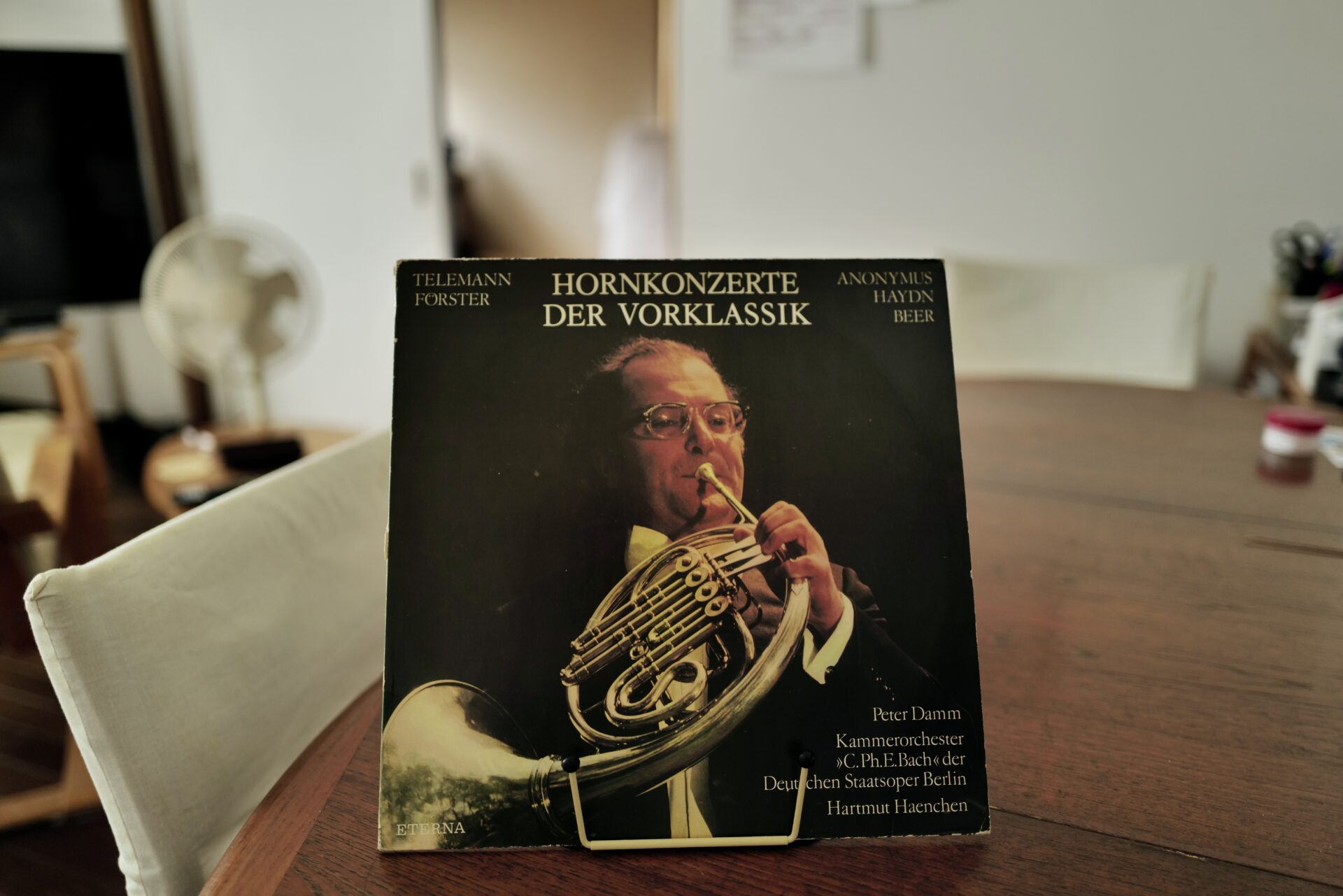
One day, my Master was crying in front of his computer. When I looked over my shoulder, I found a message of encouragement for this blog from Prof. Peter Damm himself, and he was moved to tears.
I wanted to say, “No! I’m the one writing this!” but I’ll just stay quiet and let my Master receive the honor. Prof. Damm even wrote, “Please say hello to Kuuta and Damm-mi,” and was looking forward to season 2. I temporarily retracts my statement that I would “go back to being a normal Shiba dog” and begins Season 2.
Season 2, like season 1, is not ranked in order. This time I will be introducing two preludes from Acts 1 and 3 from “Die Meistersinger von Nürnberg”, composed by Richard Wagner.


Players and Recording
Conductor: Herbert von Karajan
Orchestra: Staatskapelle Dresden
Chor:Chor der Staatsoper Dresden/ Chor des Leipziger Rundfunks
Singer:
Hans Sachs:Theo Adam
Veit Pogner : Karl Ridderbusch
Sixtus Beckmesser:Geraint Evans
Walther v. Stolzing : Rene Kollo
David : Peter Schreier
Eva: Helen Donath
Magdalena: Ruth Hesse
Recording Engineer :Claus Strüben
Recording date:November 11 -30, December 1-4, 1970 (Peter Damm with age 33 years old )
Recording venue:Lukas Kirche, Dresden
The world’s first stereo session recording of “Meistersinger” at the time. The time was during the Cold War, when East and West Germany were divided by walls. The conductor is Karajan, a star conductor in the West. He crosses the wall and comes to East Germany.
The episode of this recording is introduced in detail in the second volume of “Herbert von Karajan” written by Richard Osborne.
The recording schedule was originally 21 days, but it was completed in just 13 days, about two-thirds of the time. The reason it was completed in such a short time is that Staatskapelle Dresden (SKD) knew the opera very well and were fully prepared. SKD is the original orchestra conducted by composer Wagner himself. Karajan probably gave fewer instructions and changes. Most of the songs were recorded in one take, and unless there was a serious problem, they were not re-recorded. As a result, the overall performance in the recording keeps high tension.
This recording, completed during the Cold War era through the cooperation of Western and Eastern musicians, became a hot topic and is still considered “the best recording of Meistersinger in history.”
Karajan was deeply moved, and his biography records the touching speech he gave in front of the group members after the recording had finished.
It is said that many members of the Dresden Staatskapelle shed tears at Karajan’s speech.


My Favorites
Prelude to Act 1
It is very famous prelude. Since it was the very beggining of Opera, I thought it was recorded at first, but it turned out that it was actually recorded all at once on the last day, just before the closing time. With all the memories of the past 13 days in their hearts, the Dresden Staatskapelle performed with all their heart and soul, as if they were regretting parting ways with Karajan in the West, who didn’t know when they would be able to meet again. The performance has full of passion.
In the first half, the climax of “The Motiv of Meistersinger’s Art,” the fortissimo in which Karajan allows Peter Damm to sing in abundance, is wonderful. The Recording engineer, Claus Strüben, who must be a Peter Damm fan, seems to be enthusiastic, saying, “I will definitely pick up the sound of Damm here! ”

Motiv of Meistersinger’s Art



Prelude to Act 3
The prelude to Act 3 begins with a melancholy melody, in contrast to the brilliant prelude to Act 1. The Act 3 begins with a scene in which Hans Sachs is alone at work, wondering, “It’s not like that, it’s not like that.”
I’m also an old dog, so I can relate to this scene a little. In this opera, the young knight, Eva, the apprentices, and even the villain Beckmesser are all straightforward. Hans Sachs is the only one among them who is lost. Is it okay for him to live his own life, and what exactly does it mean to “live his own life”? I think Hans Sachs is the representative of the middle-aged man (and dog) who is lost.
As if to break the hesitation of such an old man with nowhere to go, Peter Damm cheerfully sings “Awaken, the day is near!”. Karajan must have closed his eyes, captivated by Peter Damm’s “songs,” which seemed to shine a light into the darkness.
A masterful performance that proves that Peter Damm is the best “Meistersinger”!



Quote:“Herbert von Karajan” written by Richard Osborne.
Music score:https://ja.wikipedia.org/wiki/ニュルンベルクのマイスタージンガーhttps://ja.wikipedia.org/wiki/ニュルンベルクのマイスタージンガー


